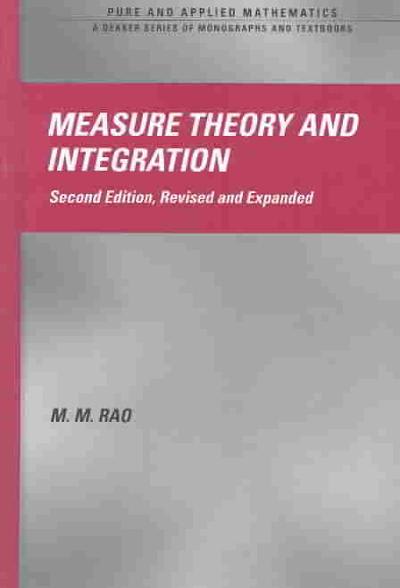Question
A test is picking a card from a deck of 52 cards. SS = {2S, 3S, 4S, 5S, 6S, 7S, 8S, 9S, 10S, JS, QS,
A test is picking a card from a deck of 52 cards.
SS = {2S, 3S, 4S, 5S, 6S, 7S, 8S, 9S, 10S, JS, QS, KS, AS, 2C, 3C, 4C, 5C, 6C, 7C, 8C, 9C, 10C, JC, QC, KC, AC, 2D, 3D, 4D, 5D, 6D, 7D, 8D, 9D, 10D, JD, QD, KD, AD, 2H, 3H, 4H, 5H, 6H, 7H, 8H, 9H, 10H, JH, QH, KH, AH}
c. What is the likelihood that you picked a heart and a lord?
P(a heart and a lord) =
Offer your response as a decreased division.
d. What is the likelihood that you picked a club given that you as of now have an ace?
P(club | ace) =
Offer your response as a decreased division.
Parts showing up at a merchant are checked for absconds by two unique controllers (every segment is checked by the two examiners). The main overseer distinguishes 96% of all defectives that are available, and the subsequent investigator does moreover. At any rate one controller doesn't identify a deformity on 8% of every single deficient part. What is the likelihood that the accompanying happen?
(a) A deficient segment will be identified simply by the primary controller? A damaged segment will be distinguished by precisely one of the two reviewers?
(b) All three damaged segments in a group get away from recognition by the two reviewers (expecting investigations of various segments are autonomous of each other)?
You concentrate for a test, however because of the way that you stood by excessively long, you just learn 40% of the material. The
test is every one of various decision, with each question having 6 options.
a) If you run over an inquiry for which you don't have a clue about the appropriate response, what's the likelihood of getting
the appropriate response right?
b) If you go over an inquiry for which you do know the appropriate response, what's the likelihood of getting it
right (hint: don't "over think" this - what's the significance here in the event that you know the answer...)?
c) What is the general likelihood of getting any inquiry right?
(30)
A quality control examiner is looking at recently delivered things for flaws. The auditor scans a thing for flaws in a progression of autonomous obsessions, every one of a fixed term. Given that a blemish is really present, let p mean the likelihood that the defect is identified during any one obsession.
(a) Assuming that a thing has a defect, what is the likelihood that it is distinguished before the second's over obsession (when an imperfection has been recognized, the grouping of obsessions ends)?
(b) Give an articulation for the likelihood that a defect will be distinguished before the finish of the nth obsession.
Step by Step Solution
There are 3 Steps involved in it
Step: 1

Get Instant Access to Expert-Tailored Solutions
See step-by-step solutions with expert insights and AI powered tools for academic success
Step: 2

Step: 3

Ace Your Homework with AI
Get the answers you need in no time with our AI-driven, step-by-step assistance
Get Started


